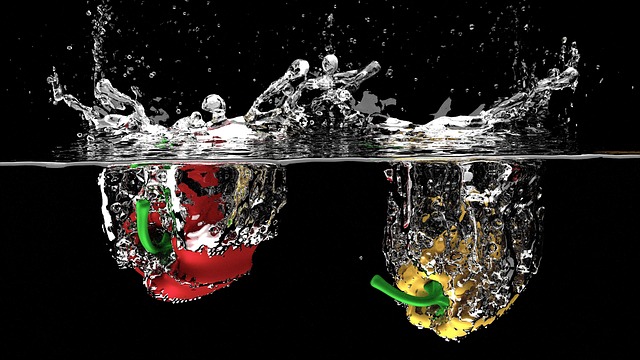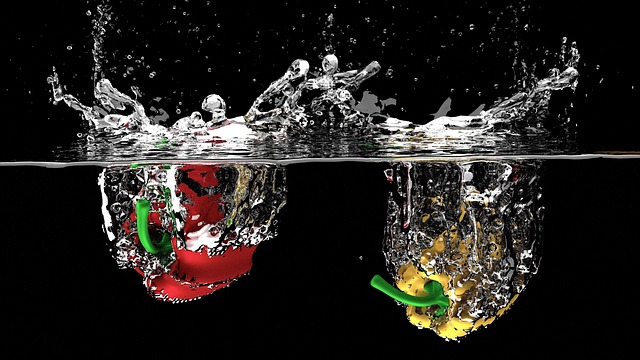Low water pressure plagues many homes due to outdated plumbing, corrosion, leaky fixtures, or external factors like natural disasters. Regularly inspect for visible signs and hidden leaks to identify the root cause, whether it's a simple aerator adjustment or complex infrastructure issues. Utilize advanced tools such as moisture meters, pressure gauges, and video surveillance cameras for thorough troubleshooting. Implement preventive measures like regular inspections, water pressure monitoring, and installing water-saving fixtures to maintain optimal water flow.
Low water pressure can be a frustrating and often overlooked issue, impacting daily routines from showering to cooking. This comprehensive guide delves into the heart of the matter, exploring the causes and effects of low water pressure. We equip you with tools and techniques for a thorough inspection, revealing hidden leaks and obstructions that may be undermining your water flow. Discover effective strategies to mitigate and prevent these restrictions, reclaiming control over your water supply.
- Understanding Low Water Pressure: Causes and Effects
- Identifying Visible Signs of Water Flow Issues
- Uncovering Hidden Leaks and Obstructions
- Tools and Techniques for Comprehensive Inspection
- Effective Strategies to Mitigate and Prevent Restrictions
Understanding Low Water Pressure: Causes and Effects

Low water pressure is a common issue that can significantly impact your daily routines and overall comfort. Understanding its causes is essential to addressing this problem effectively. Several factors contribute to low water pressure, ranging from issues within your plumbing system to external environmental factors. For instance, outdated pipes or corrosion can restrict water flow, leading to a reduction in pressure throughout your home. In some cases, the issue might be as simple as a leaky faucet or an aerator that needs adjustment.
Water pressure also varies depending on the time of day and the number of appliances or fixtures in use. High-demand periods, such as morning routines or evening showers, can cause temporary drops in pressure. Moreover, natural disasters like earthquakes or floods may disrupt water main infrastructure, resulting in low or inconsistent water pressure in affected areas. Identifying the root cause is crucial to implementing appropriate solutions for sustained relief from low water pressure.
Identifying Visible Signs of Water Flow Issues

When examining your home’s plumbing for potential hidden water flow restrictions, it’s crucial to know what visible signs to look for that might indicate low water pressure. Start by checking your fixtures – if you notice a decrease in water pressure or a lack of force when turning on taps, it could be an early warning sign of an issue further down the line. Pay attention to any areas where water takes an unusually long time to heat up, as this could point towards obstructions or leaks within the plumbing system.
Visual cues can also help you identify problems. Look for visible signs of corrosion or damage on pipes and fittings, as these can restrict water flow. Corroded valves or rusted pipes may be restricting the passage of water, leading to low pressure in certain areas of your home. Additionally, check for any leaks around fixtures; even small drips can significantly reduce water pressure over time. Regularly inspecting these visible indicators can help you catch potential issues early, preventing more serious problems related to low water pressure.
Uncovering Hidden Leaks and Obstructions

Uncovering hidden leaks and obstructions is a crucial step in understanding and addressing low water pressure issues. Water flow restrictions can be subtle, often hiding behind walls, under floors, or within complex plumbing systems. These sneaky problems may go unnoticed for extended periods, leading to persistent low water pressure throughout your home or business.
Regularly checking for leaks, both visible and hidden, is an excellent preventive measure. Pay attention to any unusual sounds, like dripping or splashing, which could indicate hidden leaks. Explore potential obstructions in pipes, such as mineral deposits, corroded fittings, or even small debris, which can significantly impede water flow. Identifying and rectifying these issues promptly will ensure optimal water pressure and efficiency in your plumbing system.
Tools and Techniques for Comprehensive Inspection

When conducting a comprehensive inspection for hidden water flow restrictions, a variety of tools and techniques can help uncover potential issues. Start with a thorough visual inspection of pipes, fittings, and fixtures, paying close attention to any signs of corrosion, leaks, or damage. This initial assessment can often reveal obvious blockages or weak spots that may be causing low water pressure.
For more detailed analysis, utilize advanced tools such as moisture meters to detect hidden leaks within walls or under floors, and pressure gauges to measure water pressure at different points in your plumbing system. Additionally, a camera inspection of pipes using video surveillance technology can provide visual evidence of clogs, scale buildup, or other obstructions that may be restricting water flow. These techniques collectively offer a comprehensive approach to identifying the root causes of low water pressure, ensuring efficient and effective troubleshooting.
Effective Strategies to Mitigate and Prevent Restrictions

To effectively mitigate and prevent hidden water flow restrictions, start by regularly inspecting your plumbing system for any signs of leaks or blockages. Utilize a pressure gauge to monitor water pressure levels consistently; a sudden drop could indicate an unseen issue. Addressing leaks promptly through repair or replacement of faulty parts is key to maintaining optimal water flow.
Consider installing water-saving fixtures and appliances, such as low-flow showerheads and aerators on faucets. These simple upgrades significantly reduce water usage without compromising performance, thereby minimizing the risk of low water pressure caused by excessive demand. Regular maintenance and timely repairs are also crucial strategies; schedule professional inspections to identify and rectify any potential problems before they escalate.
